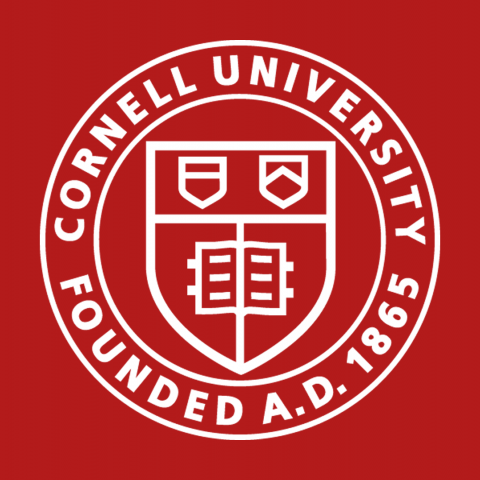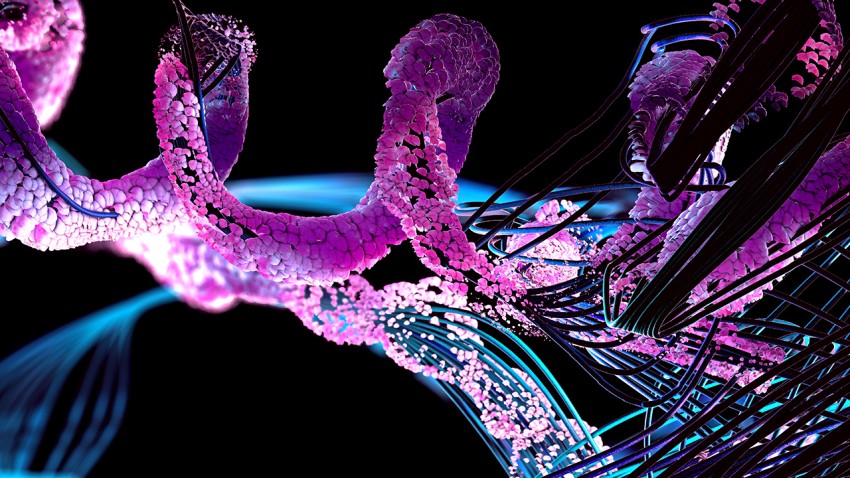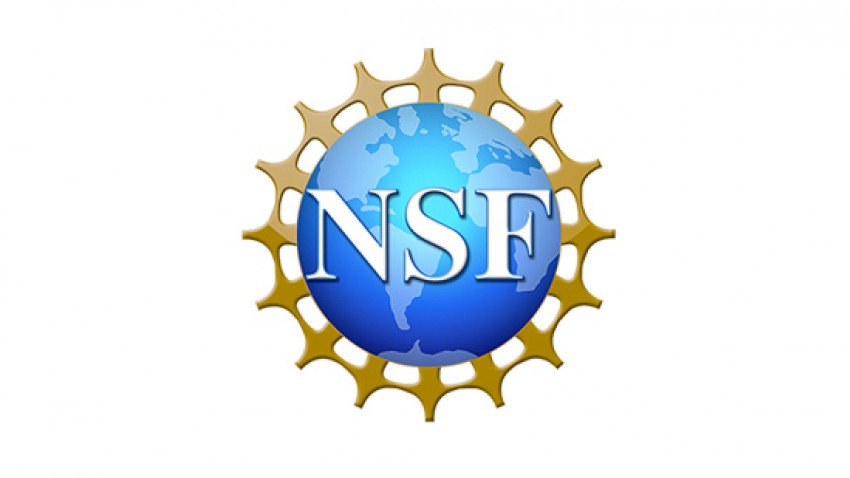National Science Foundation
Using custom-built computer simulations, Cornell researchers have visualized solid-solid phase transitions in unprecedented detail, capturing the motion of every particle in a theoretical material as its crystal structure morphs into...
Phenomena common to Earth’s atmosphere can appear in the skies over some exoplanets of the “hot Jupiter” variety, a common type of gaseous giant that always orbits close to its host star, according to new...
By finding the atomic equivalent of a perfect handshake between two types of perovskite, researchers at Cornell have built solar cells that are not only high-performing, but exceptionally...
Researchers found that at low levels of mercury, selenium additions did seem to help mayfly larva from accumulating mercury. But at high mercury levels – the condition in which environmental remediation is most needed – selenium actually made mercury accumulation...
Cornell researchers have developed a new robotic framework powered by artificial intelligence that allows robots to learn tasks by watching a single how-to...
Researchers at the Center for Research on Programmable Plant Systems have taken a major step toward advancing two-way communication with...
A new study from Weill Cornell Medicine provides insights into how cells maintain the tiny end caps of chromosomes as they divide, a key process in keeping cells...
A Cornell grape geneticist is leading a $2.3 million multi-institutional project to understand how genetically identical grapevines are influenced by varying environmental conditions in three...
Wild fig tree rings offer a cheap method for tracking toxic atmospheric mercury, a byproduct of gold mining in the Global...
Researchers at Weill Cornell Medicine developed a more effective model for predicting how patients with muscle-invasive bladder cancer will respond to...
Researchers studying novel traits in organisms and the fundamental understanding of extreme weather are among the five Cornell assistant professors who’ve received National Science Foundation Faculty Early Career Development...











